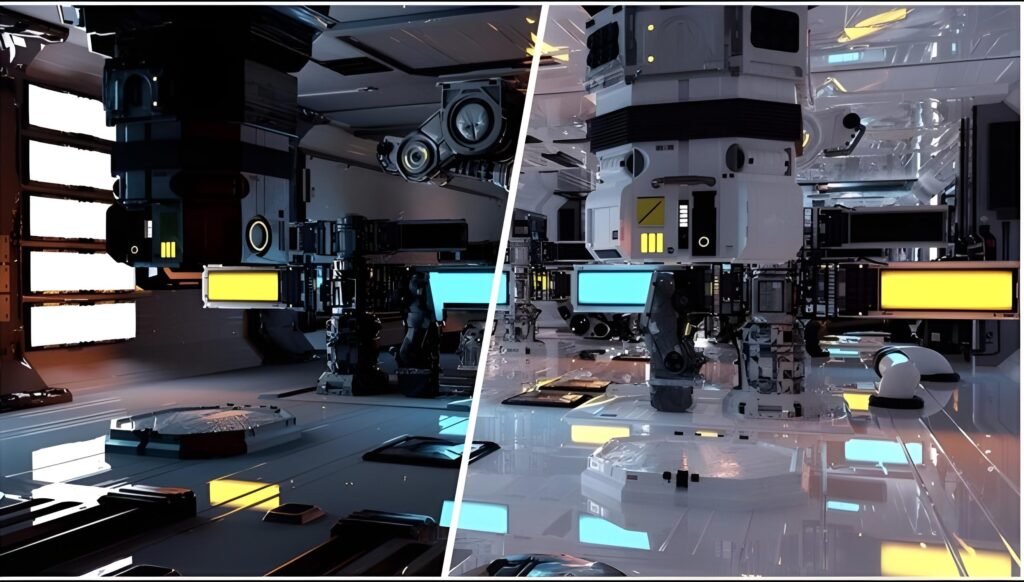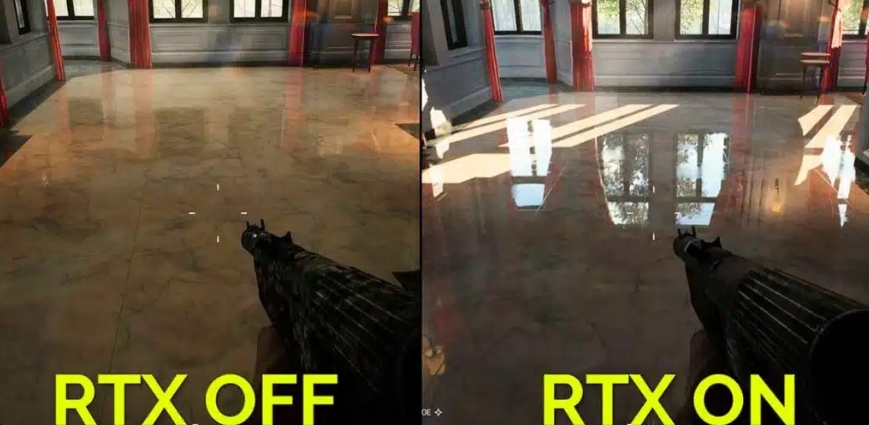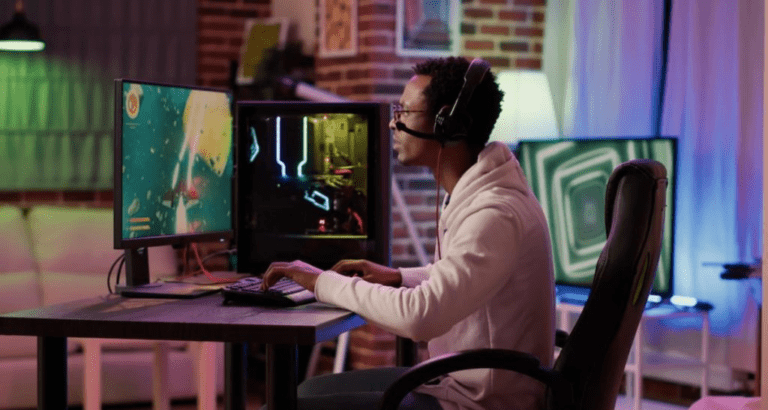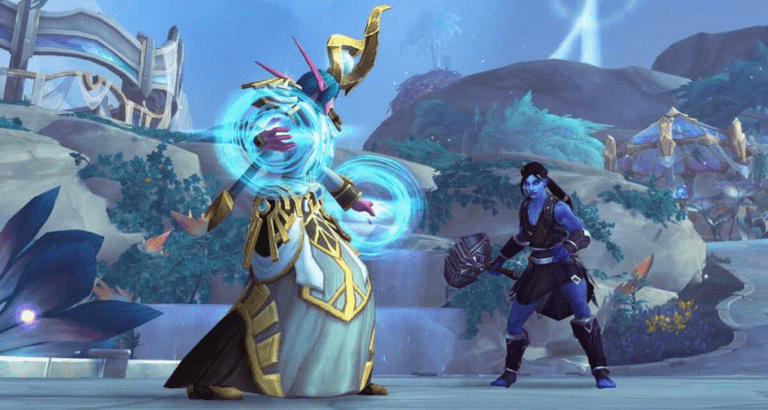Takeaway
In the competitive landscape of 3D game development, enhancing graphics quality is paramount for creating immersive experiences. This article delves into seven advanced techniques that can significantly elevate the visual fidelity of your games, ensuring they stand out in a crowded market.
1. Leverage Physically Based Rendering (PBR)
Physically Based Rendering (PBR) is a rendering technique that simulates the interaction of light with surfaces in a more realistic manner. By utilizing PBR, developers can create materials that respond accurately to lighting conditions, enhancing the overall realism of the game environment. PBR relies on two key components: albedo (the base color of the material) and metallic/roughness maps, which define how light interacts with the surface.
Implementing PBR requires a solid understanding of the material properties and how they affect light behavior. For instance, a metallic surface will reflect light differently than a rough surface. By incorporating PBR into your workflow, you can achieve stunning visual results that resonate with players, making the game world feel more tangible and alive.
2. Optimize Texture Resolution and Compression
Texture quality plays a crucial role in the visual appeal of 3D games. High-resolution textures can significantly enhance detail, but they also demand more memory and processing power. To strike a balance between quality and performance, it is essential to optimize texture resolution and employ effective compression techniques.
Utilizing texture atlases can reduce the number of draw calls, improving performance without sacrificing quality. Additionally, employing formats like BC7 or ASTC for texture compression can maintain visual fidelity while reducing memory usage. By carefully managing texture assets, developers can ensure that their games run smoothly on a variety of hardware while still delivering stunning visuals.
3. Implement Advanced Lighting Techniques
Lighting is one of the most critical aspects of 3D graphics, influencing mood, atmosphere, and realism. Advanced lighting techniques, such as global illumination (GI) and screen space reflections (SSR), can dramatically enhance the visual quality of your game. GI simulates how light bounces off surfaces, creating more natural lighting scenarios, while SSR provides realistic reflections that add depth to the environment.

Direct lighting (left) does not produce indirect reflections; global illumination (right) simulates reflections, enhancing realism.
Moreover, dynamic lighting systems can adapt to player actions and environmental changes, further immersing players in the game world. By investing in advanced lighting techniques, developers can create visually stunning scenes that captivate players and enhance gameplay experiences.
4. Utilize Post-Processing Effects
Post-processing effects are essential for adding polish and depth to 3D graphics. Techniques such as bloom, depth of field, motion blur, and color grading can significantly enhance the visual quality of your game. Bloom creates a soft glow around bright areas, adding a sense of realism, while depth of field can draw attention to specific elements in the scene, guiding player focus.
Color grading allows developers to establish a unique visual style, enhancing the emotional impact of the game. By carefully applying post-processing effects, developers can create a cohesive and visually appealing aesthetic that resonates with players, making the game more memorable.
5. Optimize Level of Detail (LOD) Management
Level of Detail (LOD) management is crucial for maintaining performance while delivering high-quality visuals. LOD techniques involve creating multiple versions of 3D models with varying levels of detail, allowing the game engine to dynamically switch between them based on the camera’s distance from the object. This approach reduces the rendering load on the GPU, ensuring smoother performance without compromising visual quality.
Implementing LOD effectively requires careful planning and asset management. Developers should create LOD models that maintain visual fidelity while reducing polygon counts. By optimizing LOD management, studios can enhance performance across a range of devices, ensuring that players enjoy a seamless experience regardless of their hardware capabilities.
6. Embrace Real-Time Ray Tracing
Real-time ray tracing is a groundbreaking technology that simulates the behavior of light in a highly realistic manner. By tracing the paths of rays as they interact with surfaces, developers can achieve stunning visual effects such as accurate reflections, refractions, and shadows. This technology has the potential to elevate the graphical quality of 3D games to unprecedented levels.

Ray tracing brings realistic reflections, shadows, and refractions to games.
While real-time ray tracing requires powerful hardware, its integration into game engines like Unreal Engine and Unity has made it more accessible for developers. By embracing this technology, studios can create visually striking environments that captivate players and set their games apart from the competition.
7. Focus on Art Direction and Style Consistency
While technical advancements are essential for enhancing graphics quality, art direction and style consistency are equally important. A well-defined art style can create a unique identity for your game, making it instantly recognizable to players. Whether opting for a realistic aesthetic or a stylized approach, maintaining consistency across all visual elements is crucial for immersion.
Art direction involves not only the design of characters and environments but also the color palette, lighting, and overall visual narrative. By investing time in developing a cohesive art style, developers can create a more engaging experience that resonates with players on an emotional level.
Conclusion
In summary, enhancing graphics quality in 3D games requires a multifaceted approach that combines advanced techniques and artistic vision. By leveraging Physically Based Rendering, optimizing texture resolution, implementing advanced lighting techniques, utilizing post-processing effects, managing Level of Detail effectively, embracing real-time ray tracing, and focusing on art direction, game studios can create visually stunning experiences that captivate players. As the gaming industry continues to evolve, staying ahead of the curve in graphics technology will be essential for success.
Key Takeaways:
- Utilize Physically Based Rendering for realistic material interactions.
- Optimize texture resolution and compression for performance.
- Implement advanced lighting techniques for enhanced realism.
- Incorporate post-processing effects for visual polish.
- Manage Level of Detail effectively to balance quality and performance.
- Embrace real-time ray tracing for cutting-edge visuals.
- Focus on art direction and style consistency for a cohesive experience.
By applying these seven graphics secrets, your 3D game studio can significantly boost the quality of its projects, ensuring they resonate with players and stand out in a competitive market.

